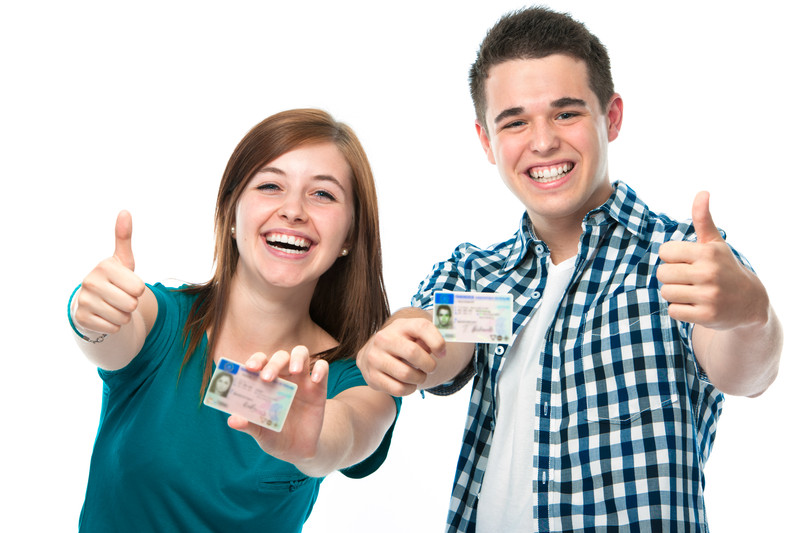Michigan's Graduated Licensing System: How It Works
|
Graduated Driver Licensing (GDL) is a driver licensing system designed to teach teens to drive by gradually increasing their driving privileges as they advance through the system. Michigan's licensing system consists of 3 levels:
Level 1 License - a supervised learner's license issued to teen drivers at least 14 years and 9 months old, after successful completion of Segment 1 classroom and driving instruction. Level 2 License - an intermediate license that limits passengers and the unsupervised nighttime driving for teen drivers at least 16 years old. Completion of Segment 2 and a state-certified driving test are required. Level 3 License - a full-privilege driver's license issued to teen drivers at least 17 years old after they have held a Level 2 License for at least six months, and been crash- and violation-free during the prior 12 months. Step 1: Completion of Segment 1 classroom and driving instruction (students must be at least 14 years and 8 months old to begin). Step 2: Obtain a Level 1 Learner's License from the Secretary of State (students must be 14 years and 9 months old). Step 3: Completion of Segment 2 classroom instruction (students must have held a Level 1 license for 3 months and logged 30 driving hours to begin). Step 4: Completion of a state certified Driving Skills Test (students must be 15 years old, held a Level 1 license for at least 6 months, and logged 50 driving hours). Search here for driver testing businesses available in your area. Step 5: The Level 2 Intermediate License is issued automatically to students who are 16 years old and have held a Level 1 license for 6 months. This license limits passengers and unsupervised nighttime driving. Step 6: The Level 3 License is issued automatically to teen drivers who are at least 17 years old (with parental authorization*), held a Level 2 License for at least six months, and been crash- and violation-free during the prior 12 months. Visit the Secretary of State website for more information. This comprehensive Guide for Parents also contains valuable information. |

